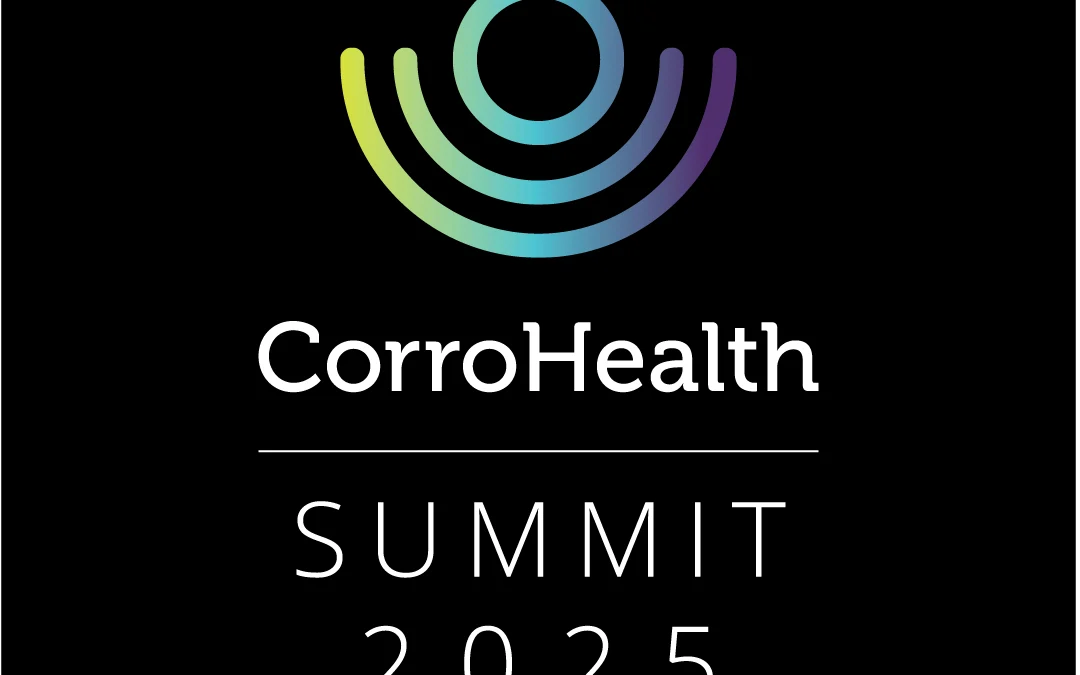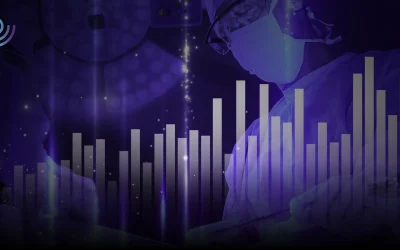When health systems talk about clinical documentation improvement (CDI), one challenge consistently rises to the top: there simply aren’t enough people to keep up. Understaffed CDI teams struggle to review every chart, while multiple vendors often touch the same record searching for missed opportunities or compliance gaps.
At the recent AHIMA25 conference, CorroHealth’s Vice President of Product Management, Kaltrina Berisha, shared how this reality has led to inefficiencies and how advances in AI-driven clinical validation are reshaping the process. Rather than replacing clinicians or reviewers, technology is being used to pinpoint the right cases faster, review them more accurately, and make CDI programs more sustainable.
From manual reviews to intelligent prioritization
Hospitals have long relied on manual or rule-based systems to identify which cases deserve review. These systems can flag obvious patterns but often fall short in accuracy. As Kaltrina explained, traditional approaches typically reach only 10-20 percent precision when predicting which cases merit attention.
That gap shows up in real-world inefficiencies. “If you ask a health system how many vendors are touching the same chart,” she noted, “it’s usually two or three–one during the concurrent review and others after discharge.” Each of those reviews cost time, money, and staff attention.
VISION Clinical Validation Technology® by CorroHealth was designed to address exactly that problem. By applying machine learning models trained on hundreds of thousands of physician-reviewed cases, the platform can prioritize charts with the highest likelihood of financial or compliance impact. Early indications are seeing 50-70 percent precision right out of the gate, more than tripling the accuracy of rule-based methods.
The result is a more intelligent workflow that directs human effort where it matters most.
Why 100 percent accuracy isn’t the goal…yet.
Many health systems ask why AI can’t reach perfect accuracy from day one. Kaltrina’s answer is grounded in realism. “The more the model learns your data, the better it becomes,” she said. Models improve as they see more examples, identify new patterns, and understand the nuances of each organization’s documentation style.
Expecting immediate perfection ignores how clinical language varies across specialties, physicians, and EHR templates. What matters most is that the system can explain its reasoning and evolve over time.
That explainability is central to CorroHealth’s approach. Rather than treating AI as a black box, the technology provides rationale statements for every recommendation, pointing reviewers directly to the documentation that triggered the suggestion. In other words, the platform doesn’t just say what to look at; it shows why.
Moving from data to documentation review
A major limitation of many “AI-enabled” CDI tools is that they don’t truly read clinical documentation. They rely instead on structured data fields—problem lists, diagnosis codes, or billing data—without analyzing the underlying narrative.
CorroHealth’s model works differently. Integrated directly with major EHRs such as Epic and Oracle, VISION extracts clinical notes and problem lists in discrete, real-time formats. Generative AI then reviews the record, highlighting potential documentation improvements or coding inconsistencies.
This step is where CDI teams gain real time back. Health systems often report reviewing just one to one-and-a-half charts per hour. With AI-assisted validation, that number can rise to six to eight charts per hour, with better consistency and fewer missed opportunities.
A closer look at real-world cases
During her presentation, Kaltrina demonstrated two examples that illustrated how AI-supported validation plays out in practice.
In the first case, a 74-year-old patient presented with an unspecified vertebral fracture. VISION’s AI model recognized a likely connection to osteoporosis, citing multiple vertebral fractures and the patient’s age as indicators. The system surfaced the supporting documentation and referenced the relevant coding guidelines. By confirming the suggested update, the reviewer identified an $18,000 reimbursement impact, all within minutes.
In the second case, a patient readmitted after coronary bypass surgery was initially coded as having an infection “present on admission.” The AI analysis, however, located documentation clearly showing that the infection developed after admission, identifying it as a hospital-acquired condition. That correction improved quality reporting accuracy and ensured compliance with PSI (patient safety indicator) metrics.
These examples highlight what effective automation looks like in healthcare: technology that supports clinical reasoning, rather than replacing it.
Reducing administrative burden through automated queries
Even when CDI teams identify opportunities, the process of writing and sending provider queries can slow everything down. Many organizations employ dedicated staff just to draft queries, which is a costly use of skilled labor.
CorroHealth’s workflow automates much of that step. The system can generate provider queries based on hospital-approved templates, pre-populate patient and clinical details, and format the question using evidence pulled directly from the record. Hospitals can choose whether to have CDI staff review the draft or send it automatically through Epic’s in-basket workflow.
This approach addresses one of the most common pain points CDI leaders cite: query fatigue, both for clinicians who respond to repetitive questions and for teams that spend hours composing them.
Technology that fits within existing systems
Introducing new tools into a hospital’s IT ecosystem often comes with heavy integration costs. VISION is designed to minimize that disruption. Because it’s a web-based SaaS application, most of the technical setup is handled by CorroHealth, with minimal IT lift from the client.
For staff, the interface mirrors familiar workflows. Reviewers can see the EHR documentation, the suggested validations, and the rationale all in one view, accepting or rejecting recommendations with a single click. This reduces friction and helps teams adopt the tool quickly.
Aligning technology with human expertise
Behind every AI model are physicians and CDI professionals who define the logic, train the data, and evaluate outcomes. CorroHealth’s model draws on the expertise of its in-house clinical team, who have reviewed thousands of cases to ensure that the algorithms reflect real-world coding and documentation practice.
That combination of technology and clinical judgment is critical. AI can process data at scale, but it requires human insight to make sure recommendations align with medical and regulatory standards. The partnership between CDI reviewers, coders, and data scientists is what transforms automation into trusted decision support.
Looking ahead
As hospitals face increasing complexity, the ability to review every case thoroughly is no longer feasible without technological assistance. By using AI to triage cases, validate documentation, and streamline queries, organizations can extend the reach of limited CDI teams while maintaining quality. As models continue to learn from each institution’s data, precision will only improve.
The larger opportunity lies in creating a single, unified review process, one that replaces the fragmented, multi-vendor approach with an integrated, transparent workflow. When one system can identify, validate, and document findings within the same platform, health systems reduce redundancy and focus on what matters most: ensuring accurate, compliant, and defensible documentation of patient care.

















